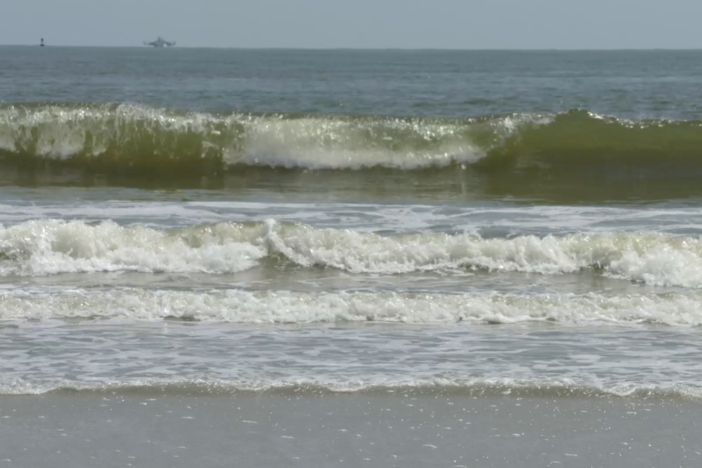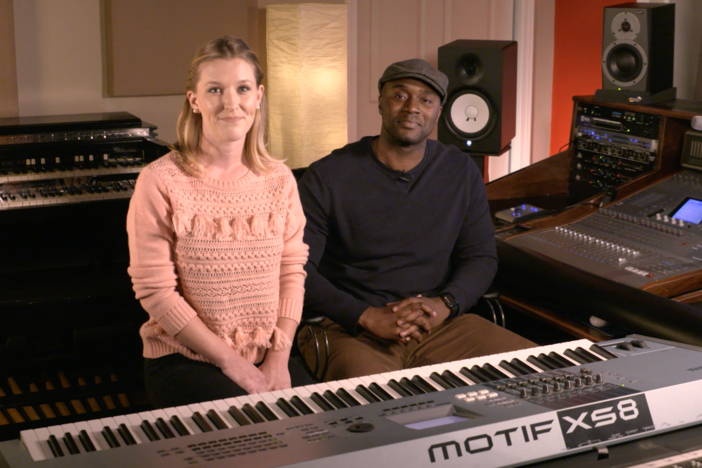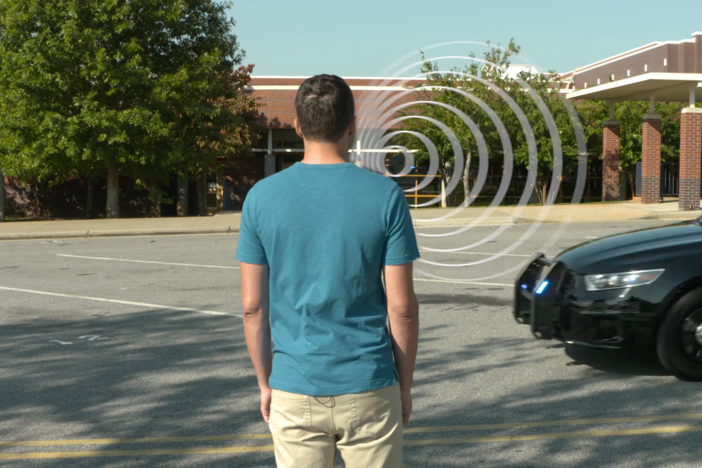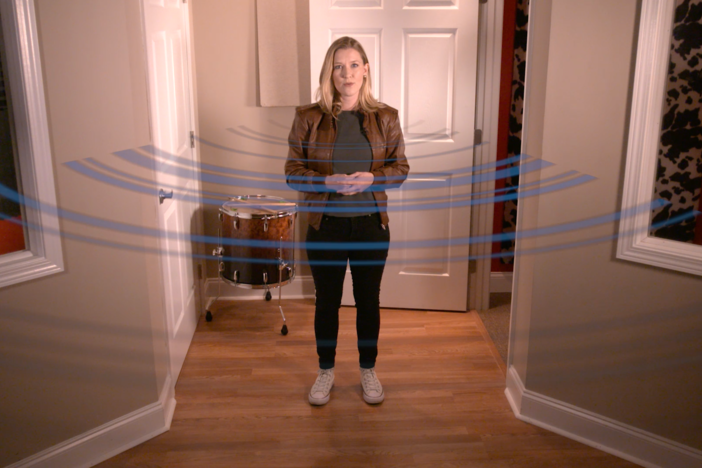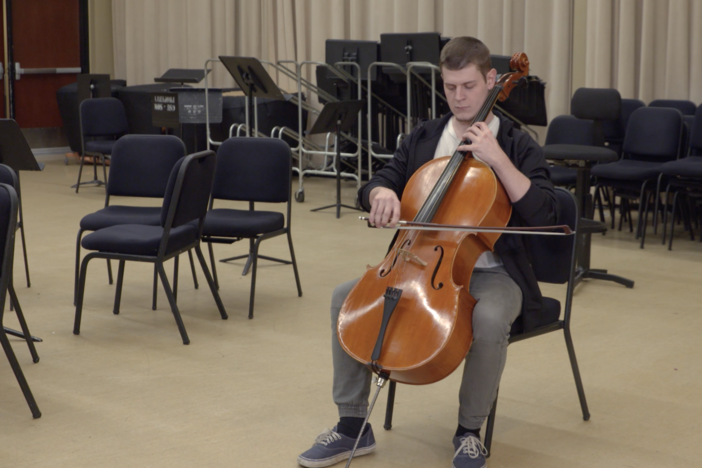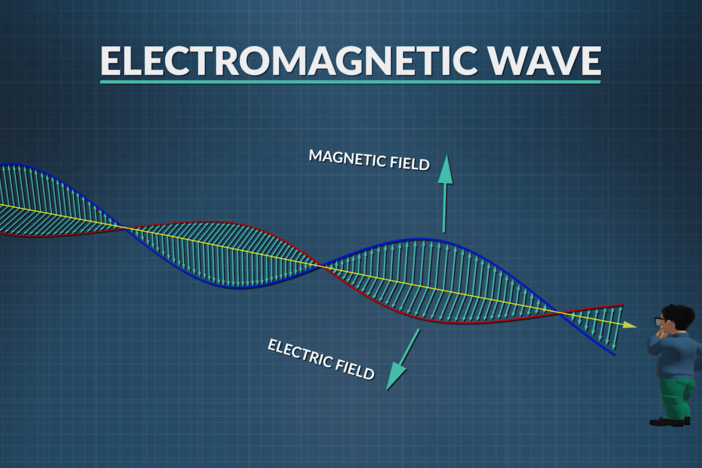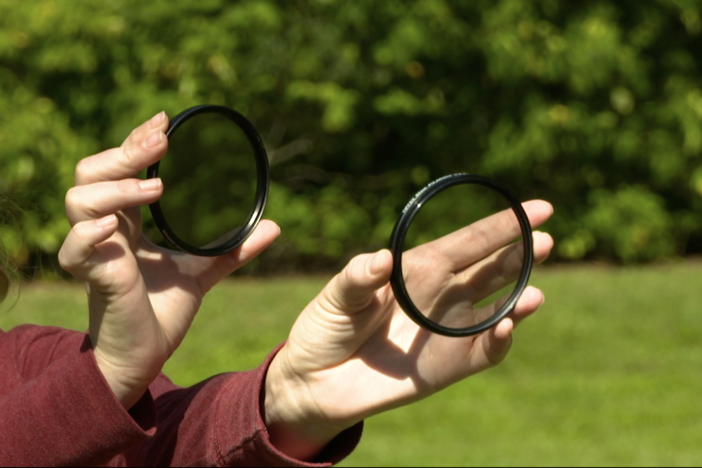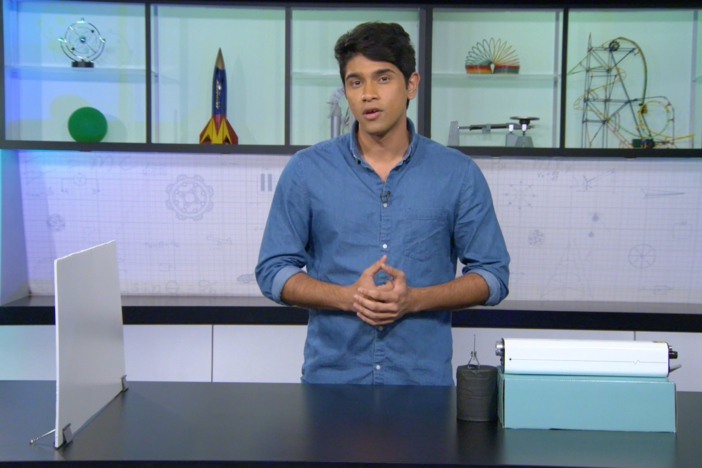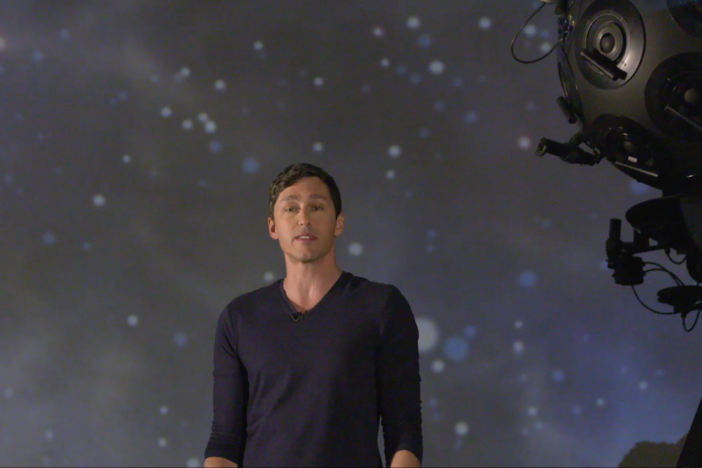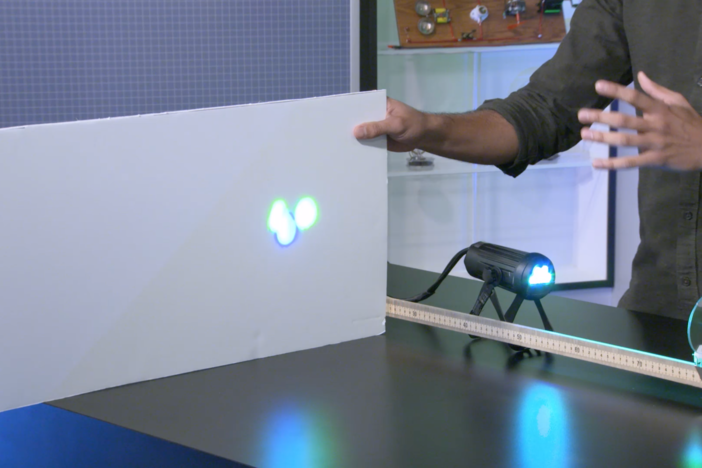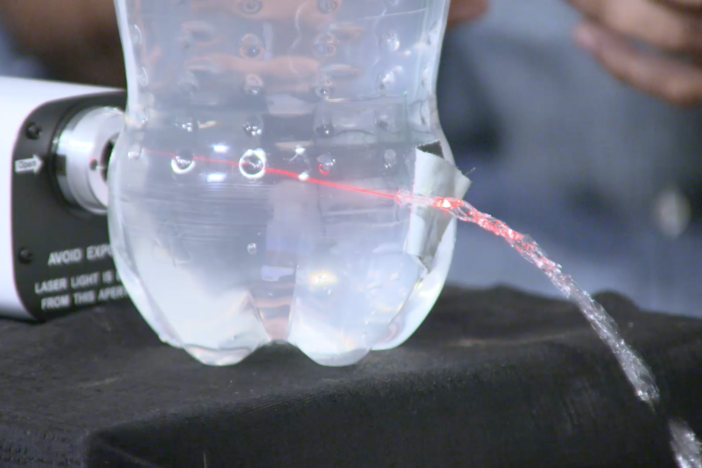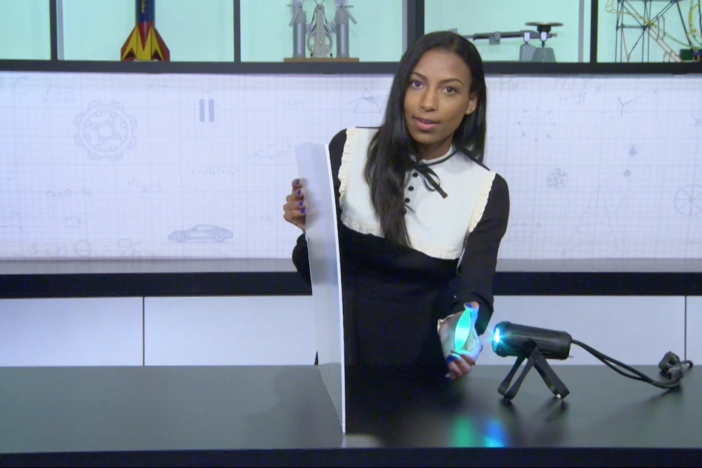Segment C: Doppler Effect
We enlist the help of the police to analyze the Doppler effect as it relates to light and sound. We work through an example problem and bring clarity to a sometimes confusing equation.
Segment C: Doppler Effect
We enlist the help of the police to analyze the Doppler effect as it relates to light and sound. We work through an example problem and bring clarity to a sometimes confusing equation.
Science
Obtain, evaluate, and communicate information about the properties and applications of waves.
Construct an argument that analyzes the production and characteristics of sounds waves.
Obtain, evaluate, and communicate information to explain the properties of waves.
Develop and use models to explain the changes in sound waves associated with the Doppler Effect.
-Describe the Doppler effect qualitatively and mathematically.
-Calculate the observed frequency of a sound wave using the Doppler effect equation.
-Understand why the frequency of a sound changes as the source and/or the observer move.
-Relate the Doppler effect to electromagnetic waves and describe its effect on the perceived color of objects emitting the waves.
Doppler effect - an increase or decrease in the frequency of sound, light, or other waves as the source and observer move toward or away from each other.
sonic boom - a loud noise caused by the shock wave from an object traveling faster than the speed of sound.
The Physics in Motion teacher toolkit provides instructions and answer keys for study questions, practice problems, labs for all seven units of study. GPB offers the teacher toolkit at no cost to Georgia educators.To order your teacher toolkit, complete and submit this form to request the teacher toolkit. You only need to submit this form one time to get materials for all seven units.
